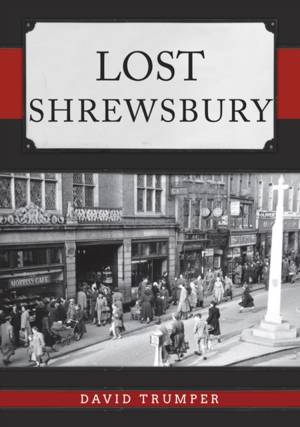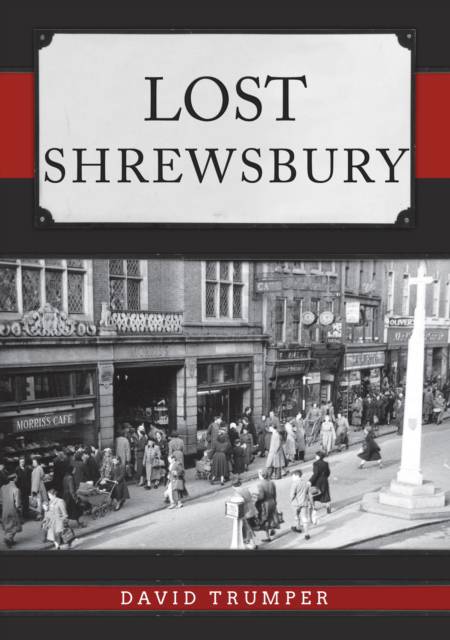
Bedankt voor het vertrouwen het afgelopen jaar! Om jou te bedanken bieden we GRATIS verzending (in België) aan op alles gedurende de hele maand januari.
- Afhalen na 1 uur in een winkel met voorraad
- In januari gratis thuislevering in België
- Ruim aanbod met 7 miljoen producten
Bedankt voor het vertrouwen het afgelopen jaar! Om jou te bedanken bieden we GRATIS verzending (in België) aan op alles gedurende de hele maand januari.
- Afhalen na 1 uur in een winkel met voorraad
- In januari gratis thuislevering in België
- Ruim aanbod met 7 miljoen producten
Zoeken
Omschrijving
The Shropshire market town of Shrewsbury, lying on the River Severn, was an important centre of the wool trade in medieval England and its prosperity continued up until the Industrial Revolution, with a wealth of ancient and historical buildings still standing in the town centre. Although Shrewsbury was not heavily industrialised, it was the home of the railway locomotive and lorry manufacturer Sentinel. Shrewsbury and its suburbs lost many of their buildings during the 1950s and 1960s, and life in the town has significantly changed over the decades, with the rise of new retail developments and the evolution of work and leisure. Lost Shrewsbury presents a portrait of a town and a way of life that has radically changed or disappeared today, showing not just the industries, buildings, people and street scenes that have gone, but also many of the popular places of entertainment and much more. This fascinating photographic history of lost Shrewsbury will appeal to all those who live in the town or know it well, as well as those who remember it from previous decades.
Specificaties
Betrokkenen
- Auteur(s):
- Uitgeverij:
Inhoud
- Aantal bladzijden:
- 96
- Taal:
- Engels
- Reeks:
Eigenschappen
- Productcode (EAN):
- 9781445693620
- Verschijningsdatum:
- 15/02/2020
- Uitvoering:
- Paperback
- Formaat:
- Trade paperback (VS)
- Afmetingen:
- 168 mm x 234 mm
- Gewicht:
- 272 g

Alleen bij Standaard Boekhandel
+ 44 punten op je klantenkaart van Standaard Boekhandel
Beoordelingen
We publiceren alleen reviews die voldoen aan de voorwaarden voor reviews. Bekijk onze voorwaarden voor reviews.









